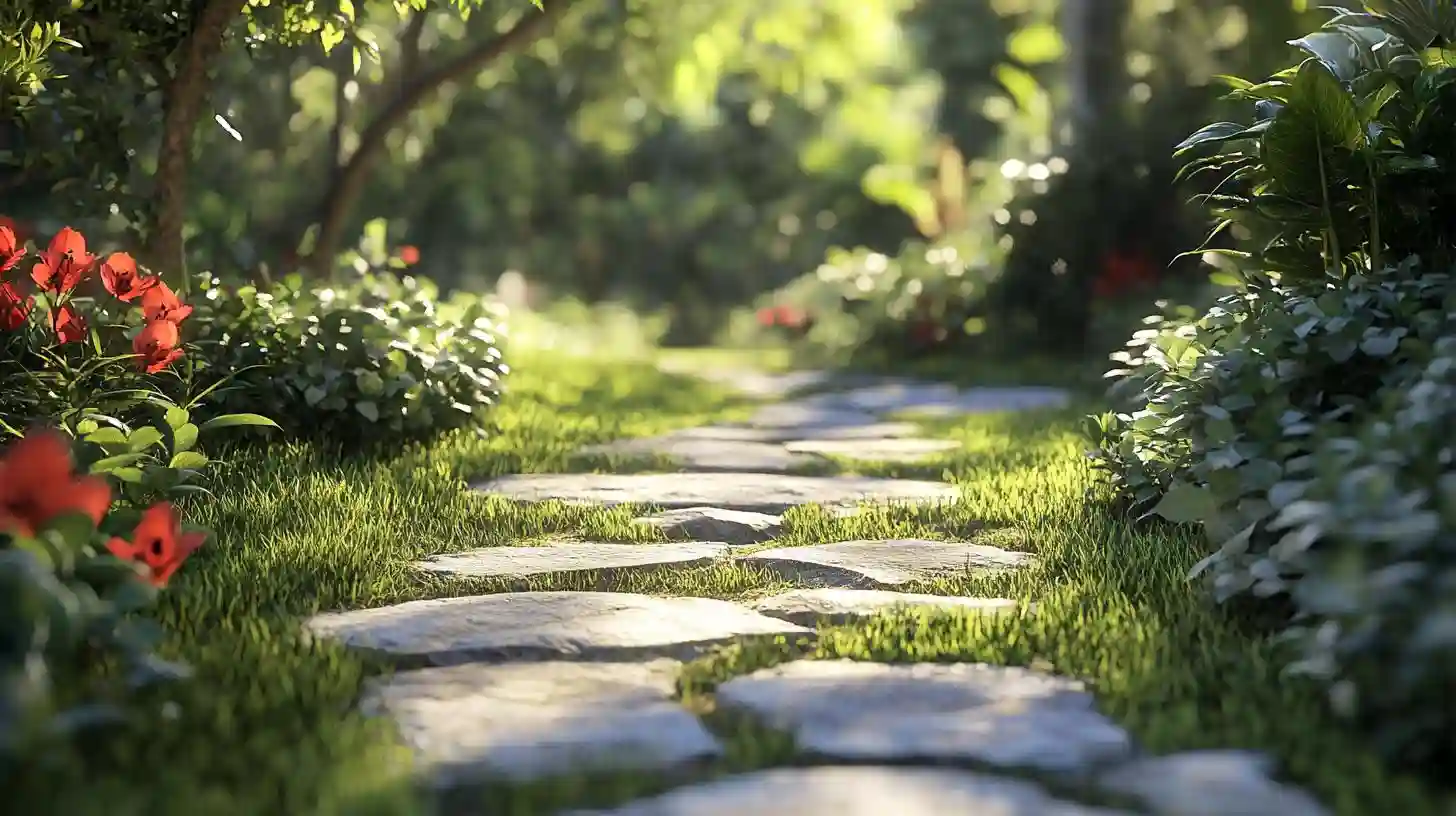
Garden Pathway Design
### Designing a Beautiful Garden Pathway Creating a beautiful garden pathway enhances the aesthetic of your outdoor space while providing functional access. Whether your garden is small or expansive, a thoughtfully designed pathway can lead the eye through your landscape, connecting various elements and inviting exploration. Here are key considerations for designing a visually pleasing and functional garden pathway. **Determine the Purpose** Begin by identifying the primary function of your pathway. Will it serve as a direct route to the front door, guide visitors through a lush garden, or provide access to a secluded nook? Understanding the intended use will help you plan the width and direction effectively. A wider path may be required for accommodating wheelbarrows or multiple people, while a narrower path may be ideal for casual strolls among flower beds. **Choose Appropriate Materials** Next, consider the materials for your pathway. Options range from classic brick and stone to modern composites. The material choice should harmonize with your home’s architectural style and the surrounding landscape. Natural stone provides a rustic charm, whereas poured concrete offers a sleek, contemporary look. Gravel paths drain well and work in more informal garden styles. Balance aesthetics with maintenance—some materials may need regular upkeep, while others are more durable and low-maintenance. **Incorporate Curves for Interest** Curves in your pathway design can create visual interest. While straight pathways have their purpose, gentle curves guide the eye and invite exploration. These paths can lead visitors to hidden areas of your garden, creating a sense of mystery. Planning these curves in advance will help you visualize the final design and ensure seamless integration into your landscape. **Consider the Width** The width of your path is crucial—too narrow may feel constricting, while too wide may detract from the intimate garden experience. A good rule of thumb is to make the pathway wide enough for two people to pass comfortably without feeling cramped. This will create a welcoming atmosphere and encourage leisurely exploration. **Enhance with Vegetation** Surround your pathway with vegetation to add life and color. Strategically placed plants, such as low-growing flowers, ornamental grasses, or hedges, can create visual barriers and guide visitors along the path. Incorporating fragrant plants along the edges will also enhance the sensory experience of walking through the garden. **Lighting for Ambiance and Safety** Lighting is essential for the ambiance of your garden pathway, especially in the evening. Soft pathway lights provide safety and enhance aesthetics. Options include solar-powered lanterns and recessed fixtures that subtly illuminate the ground. Strike a balance between brightness and softness, avoiding harsh glare, and strategically place lights near turns and steps for a welcoming atmosphere. **Regular Maintenance** Maintenance is vital for keeping your pathway beautiful. Regularly inspect for weeds, debris, and signs of wear. Materials like gravel may need replenishing, and plants might require trimming to maintain an attractive appearance. A clear, well-maintained pathway serves its purpose and enhances the garden's beauty. **Personal Touches** Finally, personalize your pathway with decorative accents like garden art, stepping stones, or potted plants. These touches reflect your style and enhance visual appeal without overwhelming the pathway. Experimenting with these design elements will help you create a captivating garden pathway that complements your outdoor space. With careful planning and attention to detail, your pathway can transform your yard into a peaceful oasis and an inviting entry to your home.






Page